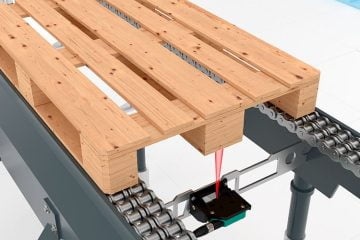The wireless connection of the sensors to the IoT system, the measurement and status data provided via LoRaWAN with fully autonomous operation for up to ten years. All sensor types with NAMUR or 2-wire low-power DC connections can be integrated.
The WILSEN.valve and WILSEN.node autonomous IoT wireless sensor nodes completely eliminate these wiring requirements. The battery-operated devices supply measurement and position data, for example regarding a valve’s position, to the IoT system via LoRaWAN. At the same time, they also monitor the status of the connected sensors.
New level of automation without any wired connections
In addition to LoRaWAN technology for wireless connection, each WILSEN device contains an integrated GPS receiver and connections for the respective sensors. The WILSEN.valve version for valve position feedback processes the data from up to 2 inductive dual sensors and can therefore monitor the position of up to 2 90° manual valves. This means that a new level of automation can be opened up in extensive networks without any wired connections. The WILSEN.node version is mainly used for connecting 2-wire sensors. It is used, for example, for monitoring manhole covers and gates. Furthermore, floating switches and vibration limit switches can be connected to monitor values such as fill level limits.

The WILSEN devices are fully autonomous. Depending on the query frequency and the type of sensors connected, the battery can be operated for up to ten years. Parameterization is very simple and can be carried out either on-site using an app and Bluetooth, or via LoRaWAN downlink channel no matter where you are. Both WILSEN devices are available in versions compatible with 2-wire low-power DC sensors and with NAMUR sensors of differing technologies. Pepperl+Fuchs offers a wide range of energy-optimized sensor types for these devices.




